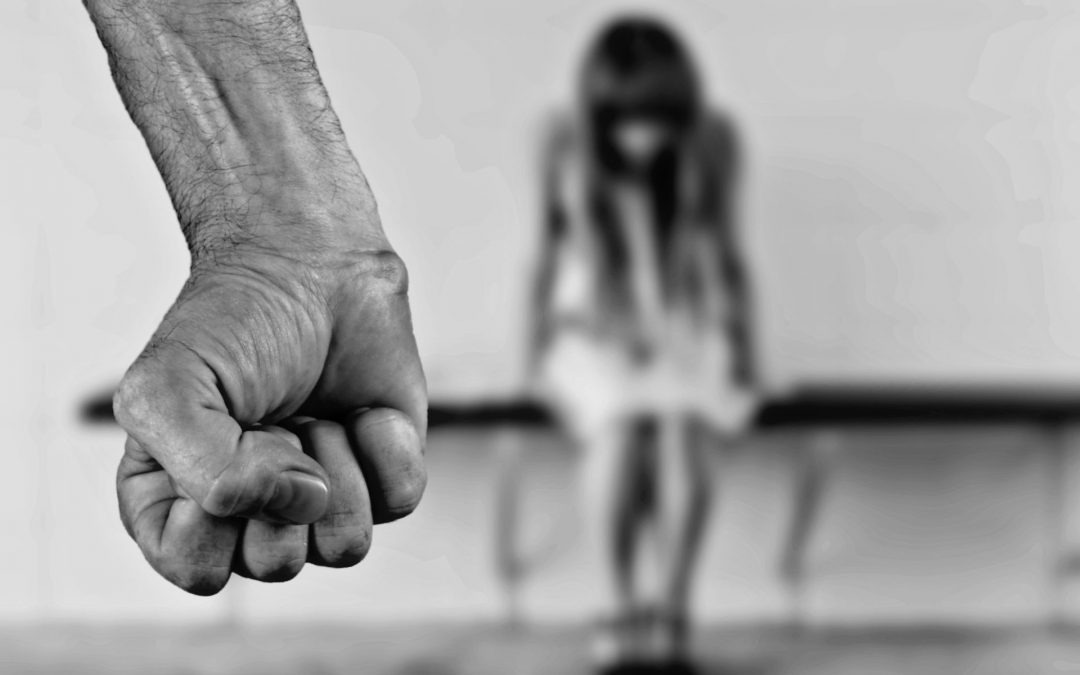by Wassim Radwan | Apr 15, 2022 | Visualization

in 2015, the United Nations Member States adopted the 2030 Agenda for Sustainable Development that provides a shared blueprint for peace and prosperity for people and the planet, now and into the future. At its heart are the 17 Sustainable Development Goals (SDGs), which are an urgent call for action by all countries – developed and developing – in a global partnership. One of those goals is gender equality (i.e., goal #5).
Gender Inequality has been an imperative social issue in India for centuries. India lags behind when it comes to education for women, and this lag hinders a woman’s role in their society. Some symptoms of the problem are:
- The role of women living in a traditional Indian society is to look after the home and children which requires no schooling.
- The Indian society is organized in a way that it is patriarchal i.e., it revolves around the male and the female occupies a negligible role. The sons are considered as assets whereas the daughters are considered as liabilities
- If the family is living in poverty, then the female child is tasked with household chores and taking care of her siblings. Thus, no time nor money is spent on the female child’s education
- If a woman is able to earn money after receiving education, then there is a concern that she will hurt the male ego due to her independence.

According to the above bar chart, the literacy rate of Indian women as a percentage of the total population of women in India in the year 1981 was found to be approximately 25.68%. However, India did not remain idle when faced with such a conundrum. In 2009, they implemented a program called the Saakshar Bharat program that aims to promote and strengthen adult learning, reaching out to those who missed the opportunity to access or complete formal education as well as basic literacy/education. This program involves the government of India acting as a facilitator and resource provider while simultaneously working closely with many local communities in order to design educational programs tailor-made to their specific needs. After the implementation of the program, the literacy rate among Indian women reached 65.78% in 2018.
This result alone proves that the program has been successful in eliciting change for Indian women via education. Therefore, the Indian government should continue offering the program and invest more funds into it to target more local communities within the region.

by Sara Bou Hamdan | Nov 21, 2021 | Dashboard, Visualization
“Tigist, I am really sorry for what happened to you, but honestly, it’s okay, not a big deal. I understand it’s not the first time, but you’re not the first nor the last wife to be beaten by her husband.
You can cry and react but at the end of the day these are the norms my dear and do not expect your mother, sister, or other women to defend you, this is fine to them.”
Am I surprising you? Well, welcome to Africa!
A woman’s attitude toward wife-beating is a proxy for her perception of her status. Globally, 1 in 3 women have been subjected to intimate partner violence, non-partner sexual violence, or both at least once in their life. Many women still consider such violence as ‘justifiable’.
The majority of countries located in in Africa reported the highest average percentage of women justifying a husband beating his wife compared to other countries as shown in the map below.
What were the most justified reasons for domestic violence?
Among the 5 reasons for wife beating listed in the below dashboard, women mostly justified a husband beating his wife when she neglected the children. But, the range of these percentages is quite different when comparing Africa with other continents. There are very high violence acceptance rates across all reasons for Africa whether because she went out without telling him, argued with him, refused to have sex, or even burnt the food.
Unfortunately, Africa still has a long way to go since the gap between the percentage of women justifying wife beating and women making their own informed decisions on sexual relations, contraceptive use, and reproductive health care is significant and positive in the rest of world and has been improving over time while this is completely the opposite case in Africa.
So, what can be done?
Well, here comes the major role of education whereby education helps young people know their rights and change social norms. In this regard, providing children and youth a safe space that is free of fear, violence, and exclusion is essential.
The below dashboard validates the positive effect of primary educational attainment for females on wife beating perception through a significant negative correlation between the two factors. With higher primary educational attainment, less women tend to justify wife beating.
We can also confirm this when looking at how investment in primary educational attainment for females in Turkey improved wife beating perception over time (inverse case in Cambodia, Africa).
In conclusion, we need support from international NGOs to promote and enhance education in under-developed countries and attract funding. Direct awareness on women rights through field work and local campaigns is also key for better self – perception by women.
Finally, what happened to Tigist is not fine and we need the rest of the society to believe this as well as a start…


